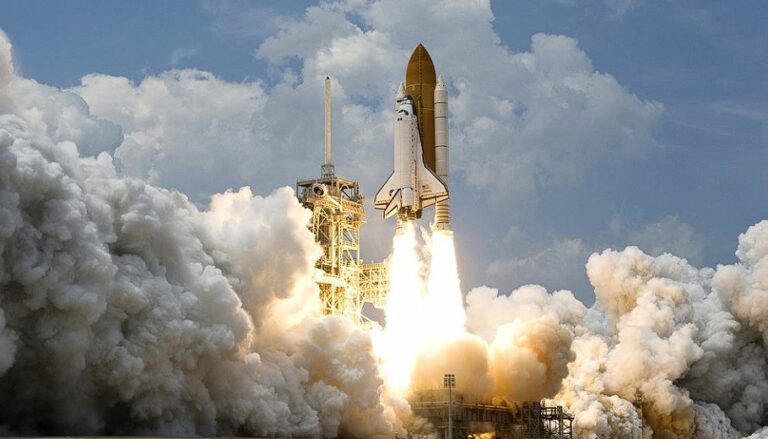The United States’ space budget is far and away the largest on earth. With 62 billion dollars of expenditure on its space programs last year, U.S. government spending outweighed that of all other governments combined ($41 billion).
The U.S. figure, as presented by Euroconsult, should nevertheless not be allowed to overshadow the still lofty ambitions of other space programs. China being in second place (with $12 billion in 2022) will come as little surprise to most – nor will Russia being included in the top five. In third place though is a country with space aspirations many may not yet be aware of.
With expenditure last year of $5 billion, Japan’s government put considerable funding into its space agency – Japan Aerospace Exploration Agency (JAXA). One of the major projects currently being undertaken by JAXA is the development of a rocket to rival Space X’s Falcon 9. The H3 rocket has so far charted a turbulent course, though.
JAXA was forced to destroy its rocket during a failed launch on March 7, 2023, issuing the following statement in the aftermath: “A destruct command has been transmitted to H3 around 10:52 a.m. (Japan Standard Time), because there was no possibility of achieving the mission.”
This is only the latest blow for the project – a potentially cheaper alternative to the Falcon 9 thanks largely to its lower-cost engine which includes 3D-printed parts – after an attempted launch in February was abandoned, that time without the need to hit the self-destruct button. The end goal for the H3 is for it to lift government and commercial satellites into orbit, as well as bringing supplies to the International Space Station.
You will find more infographics at Statista
Ask me anything
Explore related questions






